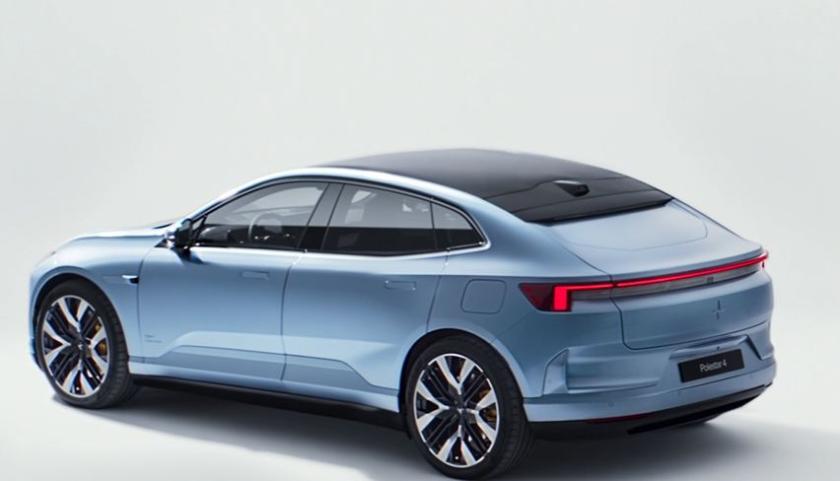Polestar is sharpening its electric vehicle (EV) strategy around core markets, manufacturing localization, and new model rollouts amid a shifting global automotive landscape.
The company reported a robust 38 percent year-on-year growth in Q2-2025 sales, with 18,049 EVs sold, and a 51 percent increase in retail volumes for the first half of the year. Europe is the company’s primary growth driver, accounting for 76 percent of total sales, fueled by strong consumer incentives and EV discounts.
While the European market shows resilience, Polestar faces considerable headwinds in the U.S., where sales plunged 56 percent in Q2 due to waning consumer interest in high-end EVs, aggressive competition, and the upcoming expiration of the $7,500 federal tax credit. Broader macroeconomic pressures, such as high interest rates and inflation, have also made more affordable hybrids and internal combustion vehicles more attractive in certain regions.
To mitigate risks from tariffs and global supply chain disruptions, Polestar is accelerating its localization strategy. Most of its vehicles are currently made in China through partners Volvo Cars and Geely, but production of the upcoming Polestar 7 will shift to a Volvo plant in Slovakia to reduce tariff exposure in Europe. This manufacturing diversification aligns with the company’s push to maintain cost competitiveness and secure market access.
Polestar continues to expand its global portfolio, currently offering the Polestar 2, 3, and 4, with future models including the Polestar 5 GT, Polestar 6 roadster, and Polestar 7 compact SUV. Its focus on design innovation and sustainability, coupled with a growing retail footprint, is positioning the brand for long-term growth despite ongoing geopolitical and market uncertainties.

